


ORE DEPOSITS IN THE ANTI-ATLAS AND SUB-ATLAS REGIONS
The Anti-Atlas geological province is the host of a variety of ore deposits, ranging from Paléoprotérozoïque to Ordovician in age. These deposits are mainly Cu-Au porphyry types, precious metal epithermal (Au, Ag) or polymetallic VMS base metals (Cu, Pb, Zn, Au, and Ag), while the sub- Atlas region presents an important occurrence of manganese. Figure 8 shows the location of the most important deposits in the Anti-Atlas region.
Located in eastern Anti-Atlas, the world class Imiter Ag-Hg mine (8.5 Mt at 700g/t Ag), is among the most important deposits in Morocco. It is considered to be of epithermal origin. The silver mineralisation happened during regional extension (+/- transpession?) tectonic regime event around 550 and is hosted in a series of volcanic felsic rocks Ma (Tuduri et al, 2006). Briefly, a three-stage model has been proposed to explain the deposit: a first episode characterized by the development of quartz, pink dolomite, and Ag-rich minerals veins formed during a dextral transpressive event, followed by a barren stage associated with a normal left-lateral motion that re-opened previous structures, and a final alteration stage (i.e. supergene enrichment) that contributed to local enrichment in Ag deposit (Tuduri et al, 2006).
Regarding copper, Bleida was the most important Cu deposit of northern Africa until late 90’s. Located on the northern edge of the West African Craton, the Bleida orebodies are located on an inactive continental margin along with preserved ophiolites of Upper Proterozoic age. The copper deposits (chalcopyrite, bornite, pyrite) are stratiform distal massive sulfide bodies whose position is controlled by both the sedimentation of shales and an acid volcanism, which follows a more important basic volcanism. Pan-African deformation (650-600 Ma) has determined the current geometry of the cupriferous lenses although it has not remobilized the sulfides out of their original carrier beds (Leblanc and Billaud, 2006). West of the main Moroccan Bleida copper deposit, gold mineralization has also been discovered (West Bleida, ca. 3 tonnes metal Au). It is hosted by metamorphosed and deformed mafic to intermediate volcanic rocks that are part of the Neoproterozoic tholeiitic volcano-sedimentary series forming the stratigraphically upper part of the Bou Azzer ophiolite sequence. Gold mineralization primarily occurs
as deformed gold-bearing quartz veins and disseminations in Cu-rich chert zones (chalcopyrite– malachite), Fe-rich lithofacies and breccia zones. Gold is accompanied by small amounts of copper sulphides (<1% modal chalcopyrite).
Another important occurrence (not displayed in the map, Fig. 8) is the Imini Manganese deposit, the most important Mn deposit of Morocco, located in the western margin of the Ouarzazate foreland basin (Sub-Atlas). The manganese ore is made of pyrolusite (MnO2), and is hosted in different horizons of dolomites from the lower Cretaceous, and another accessory layer. This layers thickness can reach up to 1 meter. The deposit scale is 25 km per 100-400 m width, and sits above slates and crystalline rocks. Dolomitic sandstone and/or conglomerate are present between each mineralized horizon. Isabel von Steinaecker; source: http://www.geo.tu-freiberg.de/oberseminar/os03_04/Isabel_Steinaecker.pdf).
Figure 8: The Anti-Atlas belt at the northern limit of the West African Craton. Redrawn after Dallmeyer and Lecorché (1991) and a geological sketch map of the Anti-Atlas belt in southern Morocco and location of main ore deposits. SAF: South Atlas Fault. Gasquet and al. (2005)
Source web par unige.ch
Les articles en relation

Top 23 des grottes, dans les entrailles de la Terre
Top 23 des grottes, dans les entrailles de la Terre Les grottes sont généralement des cavités souterraines naturelles que l'on trouve le plus souvent dans les zones karstiques sur terre ou sous l'eau. Bie
Savoir plus...
Curcumine
Curcumine La curcumine est un pigment de la famille des polyphénols qui donne sa couleur jaune au curcuma, une épice présente dans le curry indien. Le curcuma est aussi appelé "safran des Indes".
Savoir plus...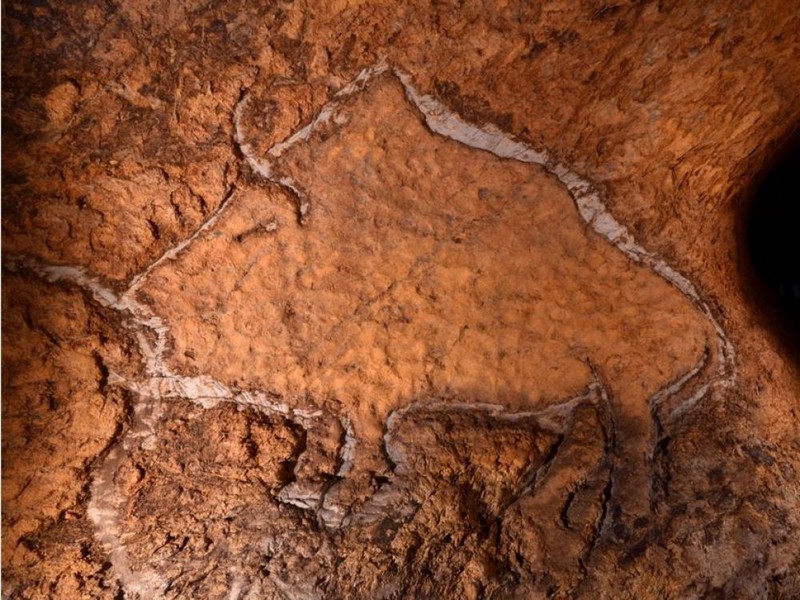
Au Pays basque espagnol, les incroyables bisons d'Aitzbitarte
Au Pays basque espagnol, les incroyables bisons d'Aitzbitarte D'exceptionnelles figures vieilles de 14.000 ans ont été découvertes dans une grotte au Pays basque espagnol. Des œuvres d'art pa
Savoir plus...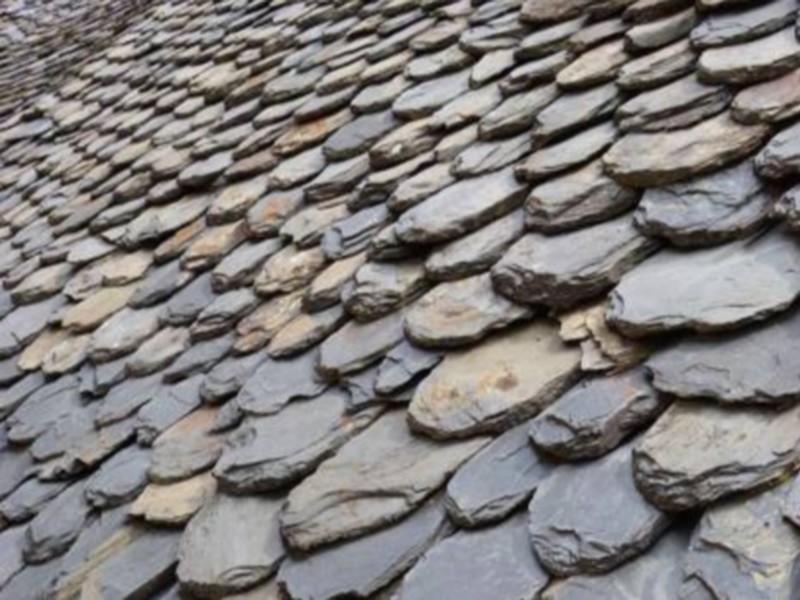
schistes
schistes Le terme de schistes apparaît en géologie. Il ne désigne pas une roche précise mais plutôt une texture de roche particulière. Celle de roches présentant un débit en feuil
Savoir plus...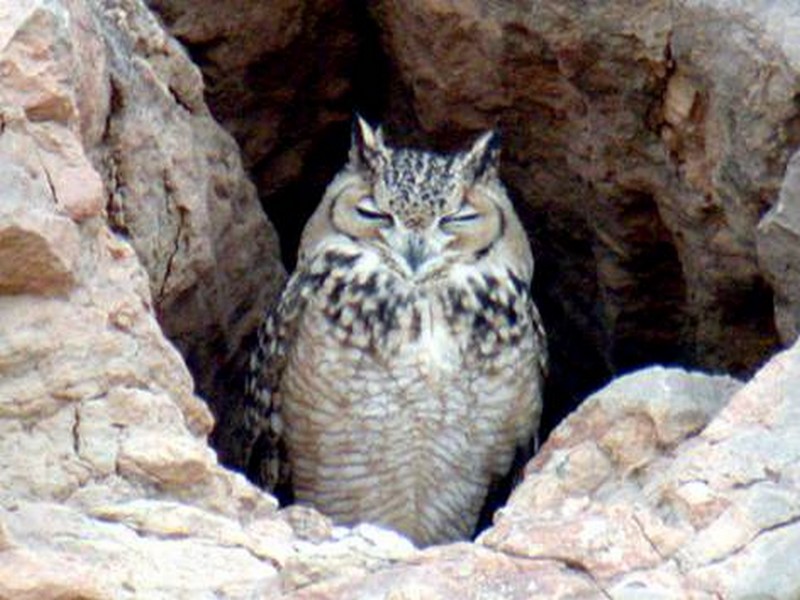
Le Grand-duc ascalaphe
Le Grand-duc ascalaphe Rapace appartenant à la famille des Strigidae , le Grand-duc ascalaphe vit dans le désert marocain dans les régions de Rissani, de Tata ou dans le Jbel Bani dans la moyenne vallée du
Savoir plus...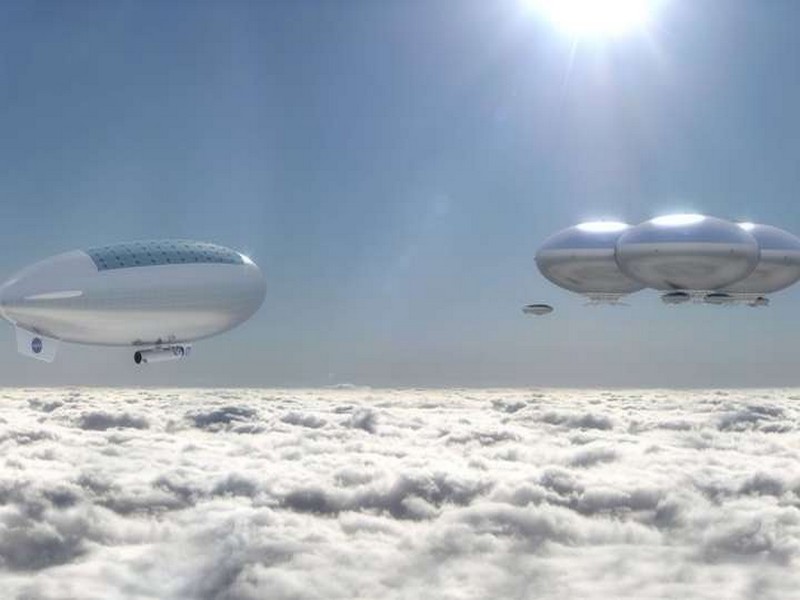
La Nasa envisage de coloniser Vénus avec des dirigeables
La Nasa envisage de coloniser Vénus avec des dirigeables L'idée semble folle mais elle ne l'est pas. Vénus serait plus facilement colonisable que Mars sous forme de mini-biosphères flottant à
Savoir plus...
Comment accueillir un hérisson dans son jardin ?
Comment accueillir un hérisson dans son jardin ? Animal aux mœurs nocturnes, le hérisson apprécie les espaces en lisière des forêts et à végétation basse. Il n'est pas
Savoir plus...
Bouafen et Oued Tamzarar
L'oued Tamzarar Sur la piste d’Akka à la route d’Icht, dans l’oued Tamzarar, sur la falaises rive gauche, la majorité des gravures est située sur des parois verticales à partir d&rsqu
Savoir plus...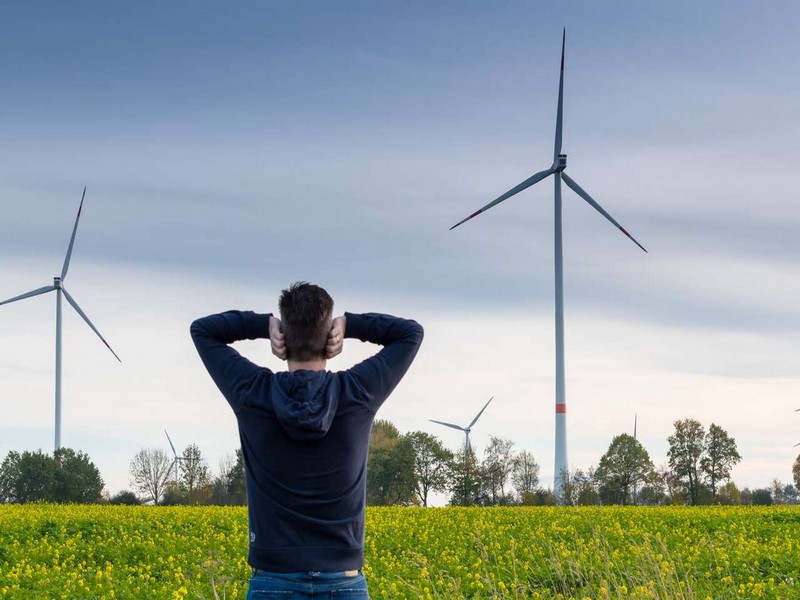
Les éoliennes font-elles beaucoup de bruit ?
Les éoliennes font-elles beaucoup de bruit ? Une éolienne génère du bruit en raison du mouvement des pales et des éléments mécaniques. Ce bruit est néanmoins très discret
Savoir plus...
Figuig : une oasis à classer au Patrimoine de l’Humanité ? pour Professeur Jean-Pierre VAllAT
Figuig : une oasis à classer au Patrimoine de l’Humanité ? pour Professeur Jean-Pierre VAllAT Professeur Jean-Pierre VAllAT UMR Anthropologie et Histoire des Sociétés Antiques, Univers
Savoir plus...
Errachidia: Introduction de 100 gazelles dorcas
Errachidia: Introduction de 100 gazelles dorcas (Source : ecologie.ma) Ce 10 Janvier, Le Haut Commissariat aux Eaux et Forêts et à la Lutte Contre la Désertification (HCEDLCD) a r&
Savoir plus...Les tags en relation
En savoir plus sur " Géologie et TSGJB - AMDGJB ! "
Consulter les vidéos de " Géologie et TSGJB - AMDGJB ! " Consulter les photos de " Géologie et TSGJB - AMDGJB ! " Consulter les publications de " Géologie et TSGJB - AMDGJB ! " Consulter les éditions de " Géologie et TSGJB - AMDGJB ! " Consulter les communications de " Géologie et TSGJB - AMDGJB ! "Recherche du site
Recherche avancée / SpécifiqueVulgarisation à la géologie
Qu'est ce que les sciences de la terre: vulgarisation Qu'est ce que la géologie ? Géologie et TSGJB - AMDGJB !
Géoparc et Recherche Scientifique
Le coins de l’étudiant



Blog Géoparc Jbel Bani
Dictionnaire scientifique
Plus de 123.000 mots scientifiques
Les publications
Géo parc Jbel Bani

Circuits & excursions touristiques

cartothéques


Photothéques
Publications & éditions



